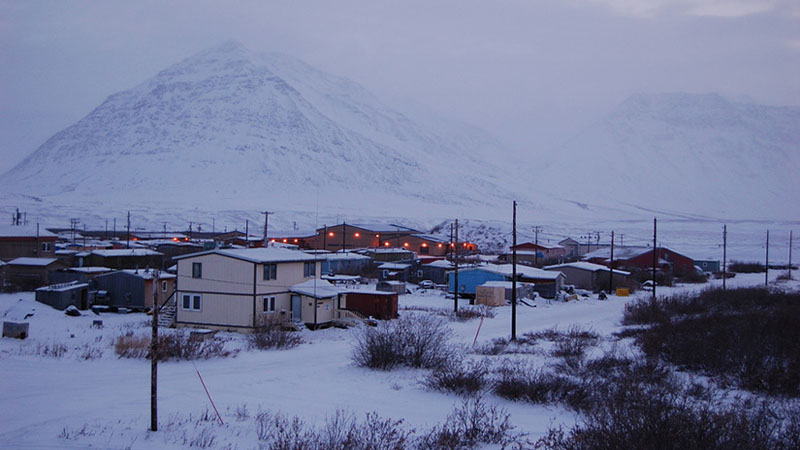NREL, a U.S. Department of Energy national laboratory, has demonstrated a way to store and reuse heat underground to meet the heating demands of cold regions like Alaska.
The feasibility study examined a 20-year period in which borehole thermal energy storage (BTES) could reliably supply heating to two U.S. Department of Defense buildings in Fairbanks, Alaska.
Through building energy usage and system performance modelling, researchers show how waste heat from a nearby coal plant could be captured during summer months, stored underground, and then drawn on in the winter to warm the buildings via geothermal heat pumps (GHPs).
NREL researchers modelled the heating and cooling demands of the cold-climate buildings using EnergyPlus software and found that the annual heating demand was 5.6 times higher than the cooling demand—an imbalance typical of climates like Alaska’s, where winters are long and cold and summers are short and mild.
As this study was intended to assess the practicality of BTES and GHP at a specific location in Fairbanks, the team recommends comprehensive future analyses to better tailor energy systems to local conditions and available waste heat sources.


